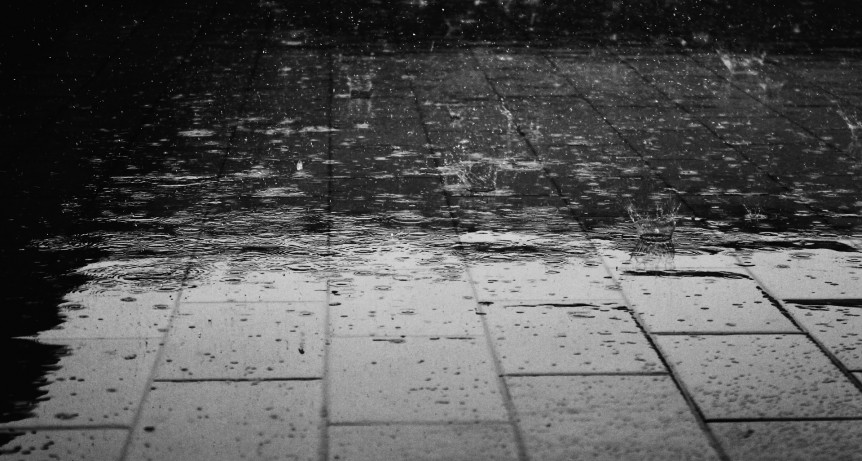Since moving to the Seattle area, rain and showers have become a bigger part of my life. Rain, rain showers, showers, isolated showers, scattered showers, snow showers, drizzle... but what the heck is the difference?
What is the difference between rain and showers?
The two main differences are duration and the clouds they fall from.
Okay, so what is the duration of rain, and what type of clouds do they fall from?
Unlike rain showers, the duration of rain is steady and prolonged. Rain tends to be light to moderate in intensity and generally comes from stratus clouds. Stratus clouds are non-puffy, like altostratus or nimbostratus. These are your flat overcast clouds. More about clouds in another post.
What about showers?
Showers, also known as rain showers, have a shorter duration than rain. They tend to be quick and come in bursts. Showers come from puffy clouds or cumuliform clouds, like cumulus or cumulonimbus. These puffy clouds have more defined stop and start points, so showers (like the clouds they come from) may suddenly stop and start.
Compared to rain, showers cover a smaller area but can be more intense. Cumulonimbus clouds (thunderstorm clouds) produce the heaviest rainfalls. Showers from stratocumulus clouds (not as puffy) tend to not be so heavy.
How do snow showers fit into this?
Showers can include snow showers or rain showers so it is important to specify which. Once specified, future references can be just showers.
So, what the heck is drizzle?
Drizzle is similar to rain, but drizzle has a smaller droplet size. The droplet size cut-off is somewhere around 1 mm. Again, similar to rain, drizzle falls from non-puffy clouds (stratus clouds) with slow and little vertical winds. The upward vertical winds are what generate larger droplet sizes, so without them, the drops are smaller. Like rain, it also tends to fall quite steadily.
But what are isolated showers?
Isolated showers are showers separated during a given period of time.
How does that differ from a scattered shower?
A scattered shower is not considered widespread, but of greater occurrence than an isolated shower.
Is lightning associated with rain or showers?
Lightning is produced from cumulonimbus clouds (puffy clouds). Since showers also come from puffy clouds, lightning would be associated with showers.
Which ones have thunder?
Thunder is a sound made by lightning. Therefore, thunder is associated with puffy clouds which are in turn associated with our friend, the shower.
There you have it. More than you (and I) ever wanted to know about rain, showers and other stuff in between. Tune in soon for a post about sun breaks! 🙂


Comments 20
Thanks.
Pingback: Rainã€Showersã€Drizzle的区别 | Iworm's Thought by iworm
very useful information about different types of rain in meteorological terms.
Thanks, Zafar! Glad you found it useful.
Hai Ray, when one of my friends son asked me the difference between rain and drizzle, was not able to give a satisfactory reply. I was able to give a satisfactory reply after reading your article. Thanks.
Author
Thank you, Senthil. Glad this helped you with your friend’s son. 🙂
Hi Ray, thanks for your post. This was helpful while reading weather forecast report.
Author
Thanks , Prasenjit!
Thank you for the information.
Author
Thanks for reading, Paul.
thanks it was real confusing
Author
Glad it helped, Mogan! 🙂
Nice information…
it would help us in reading weather forecast. thank you Ray!
Your the man Ray!
This is exactly what I was looking for,
Thank you so much!
Very helpful…thanks!
Thanks!!!
Could I know which sources you’ve read to get these information? Thanks in advance
Author
The sources are in the Resources section above these comments.
❤❤